IDEA Categories of Disabilities
by Kirsten Pike


1. 5.Autism
1.1. Smiling Mind: Pros:
1.2. Integrates daily meditation into a classroom routine and lets kids to choose when and where they want to practice.
1.3. Cons:
1.4. Creating an account requires a student or parent email address, and it's not possible to disable the social network options.
1.5. Bottom Line:
1.6. This easy-to-follow meditation program can help reduce stress and support social and emotional learning.
1.7. Students with autism benefit from routine and clear boundaries in the classroom.
2. 6. Hearing impairment
2.1. Preferential seating. Make sure teacher projects visual aids and puts directions up where all can see them.
3. 7. Visual impairment
3.1. Dragon Dictation: Speech-to-text for a variety of mobile applications (think: messaging, emailing, blog writing)
3.2. Euler Euler is an application that opens text documents in multiple formats and converts them to braille form. Converted documents can be viewed on a braille display or embossed with a braille embosser. Users can customize almost every aspect of a braille document, and yet working with the program is very easy.
4. 8. Deaf-blindness
4.1. Co:Writer: Word prediction software aids writing in real-time or later when editing. Text-to-speech feature reads letters, words, sentences, documents, which is great because not many have this thorough level of read-aloud. Produced by Don Johnston and features the grammar-smart word prediction that his company is famous for. Opt for the SOLO Suite and get Co:Writer; Read:Outloud; Write:Outloud and Draft:Builder.
5. 9. Orthopedic impairment (0I)
5.1. Aid in seating and positioning with wedges, cushions, and adaptive seating or standing tables.
5.2. Alter physical requirements of course for this student. Make classroom handicapped accessible.
6. 10. Traumatic brain injury (TBI)
6.1. gain the student's attention before speaking break complex tasks down into component parts and complete each part before trying to combine the components provide frequent repetition of important tasks utilize the child's best sensory modality question student to be sure the information was received and interpreted clearly and provide feedback as necessary provide cueing systems in the form of assignment books, placing task cues on student's desk, etc. provide verbal and written instruction shorten assignments and/or divide assignments into parts structure thinking processes graphically through outlines, graphs, flow charts and models develop a system for maintaining organization facilitate note taking by providing outlines with major headings give short frequent quizzes, rather than all inclusive exams accompany homework with written instructions
7. 13. Developmental delay (DD)
7.1. Children with DD need routine, predictability, perhaps a visual timer, and consider seating the child alone or with a buddy based on needs.
8. 1. Learning disability (LD)
8.1. ModMath: Designed for individuals with dyslexia and dysgraphia for whom the mechanics of writing math problems causes a barrier. ModMath takes care of the construction of, for example, the long division problem. After that, solving that problem is up to you. Nick (case study linked here) is a good candidate for this tool.
8.1.1. DyslexiaQuest: A series of games designed to “assess working memory, phonological awareness, processing speed, visual memory, auditory memory and sequencing skills.” Gamers are encouraged to keep practicing to master skills.
